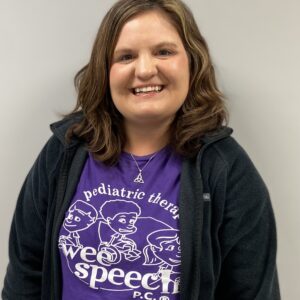Parents tend to say “no” much more often throughout the day than “yes”. And it can be exhausting.
Telling your children “no” and “stop” all the time is not only hard on you, but it is discouraging for your children to constantly hear what they are doing is wrong. Furthermore, saying “stop” or “no” doesn’t give them enough information. It leaves them to wonder what they should stop doing.
Some would argue that you can simply expand your wording to include what your children should not be doing, for instance, “Stop standing on the couch”. However, using negative language is much harder for a child to understand. When we say, “Stop standing on the couch,” the child first has to process what he is doing https://visitlcvalley.com/ order Celebrex wrong (standing on the couch), and then has to think about what he should be doing (The opposite of standing is sitting, so I should be sitting on the couch,).
It is better for us to give children information about what they should be doing, for instance, telling him,“Sit on the couch,” in the first place. This helps children know exactly what to do, and eliminates confusion.
Get a Free Online Assessment
Looking for an expert opinion on your child's needs? Fill out a 3 minute questionnaire and receive a personal evaluation from our staff




